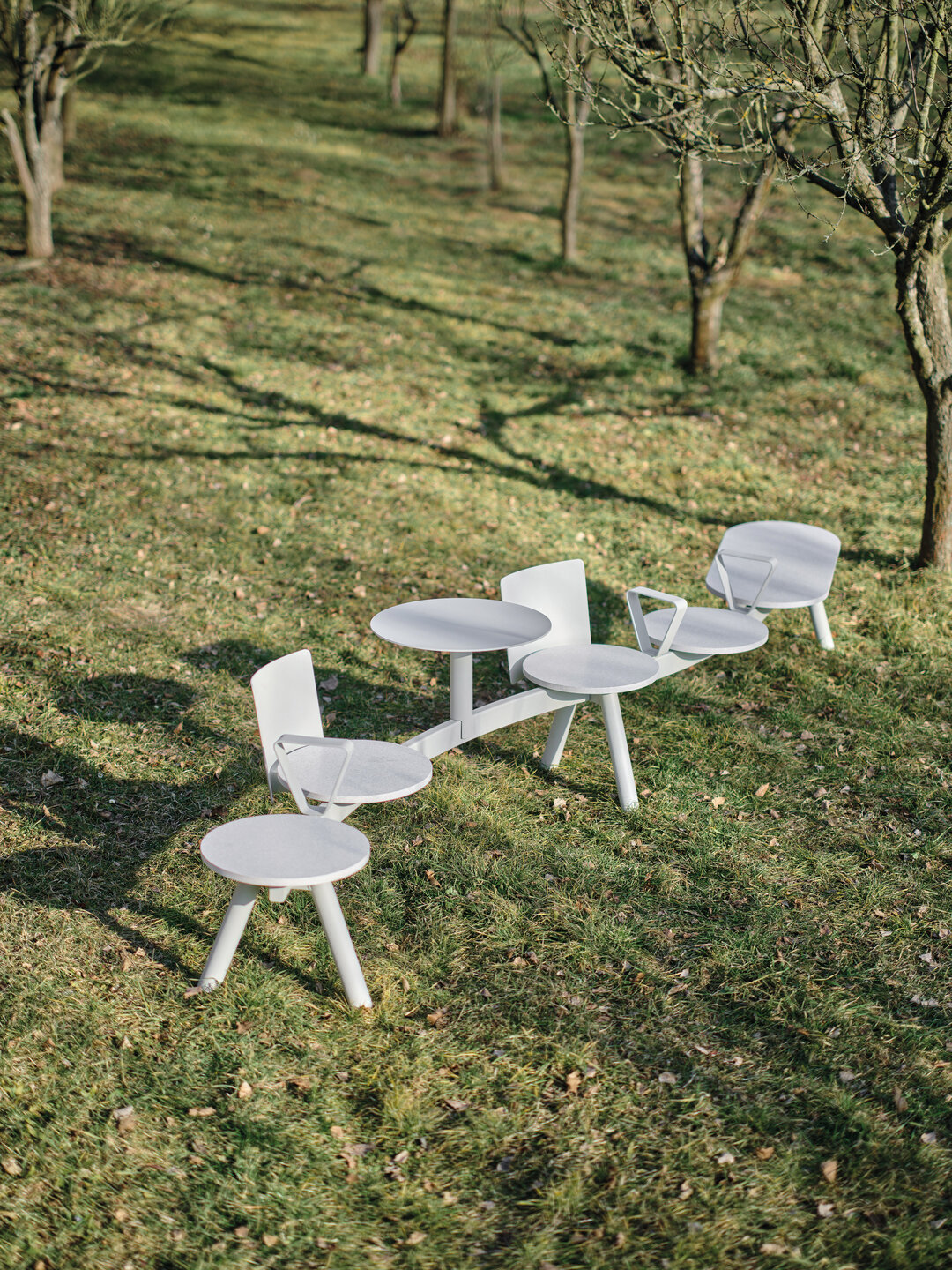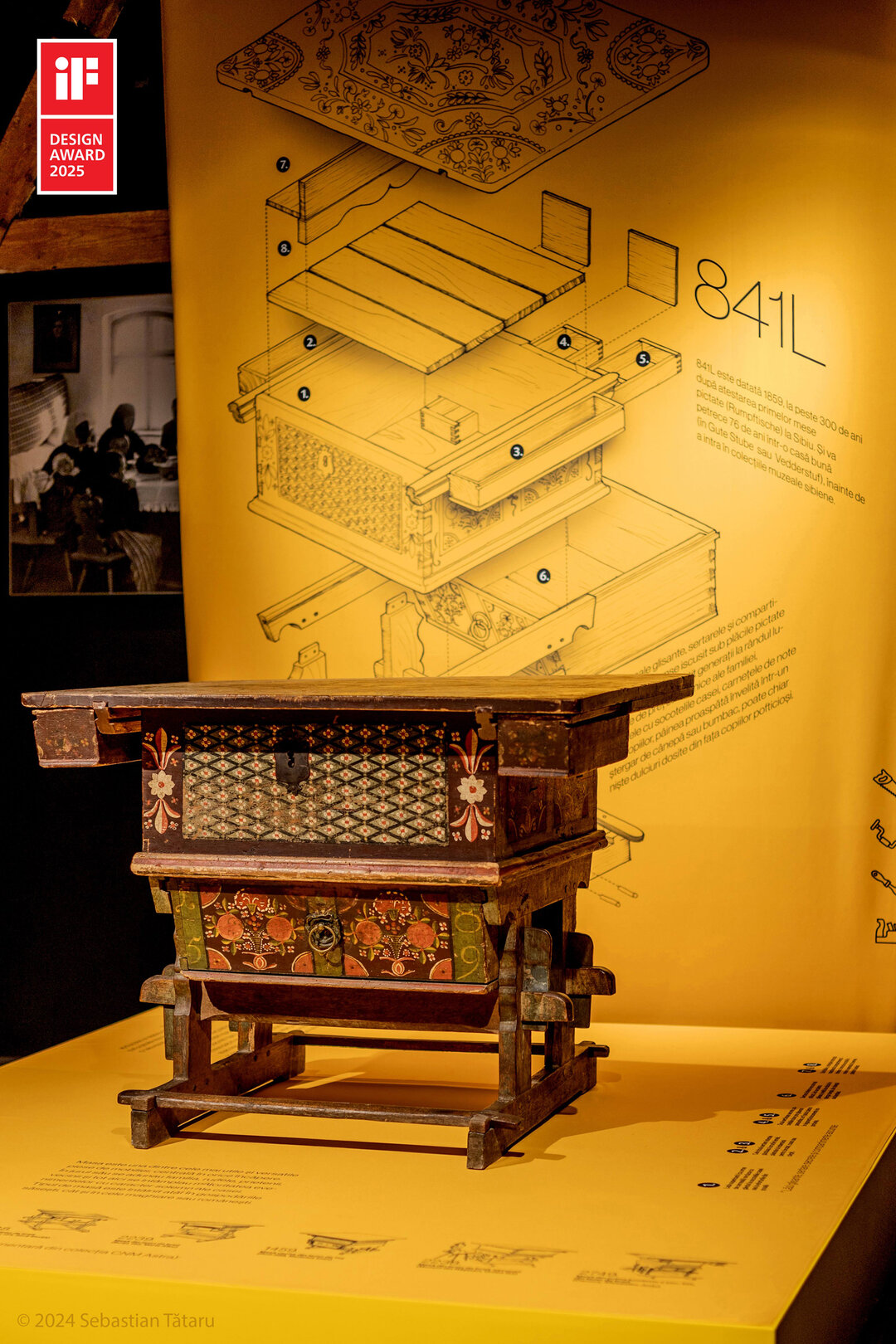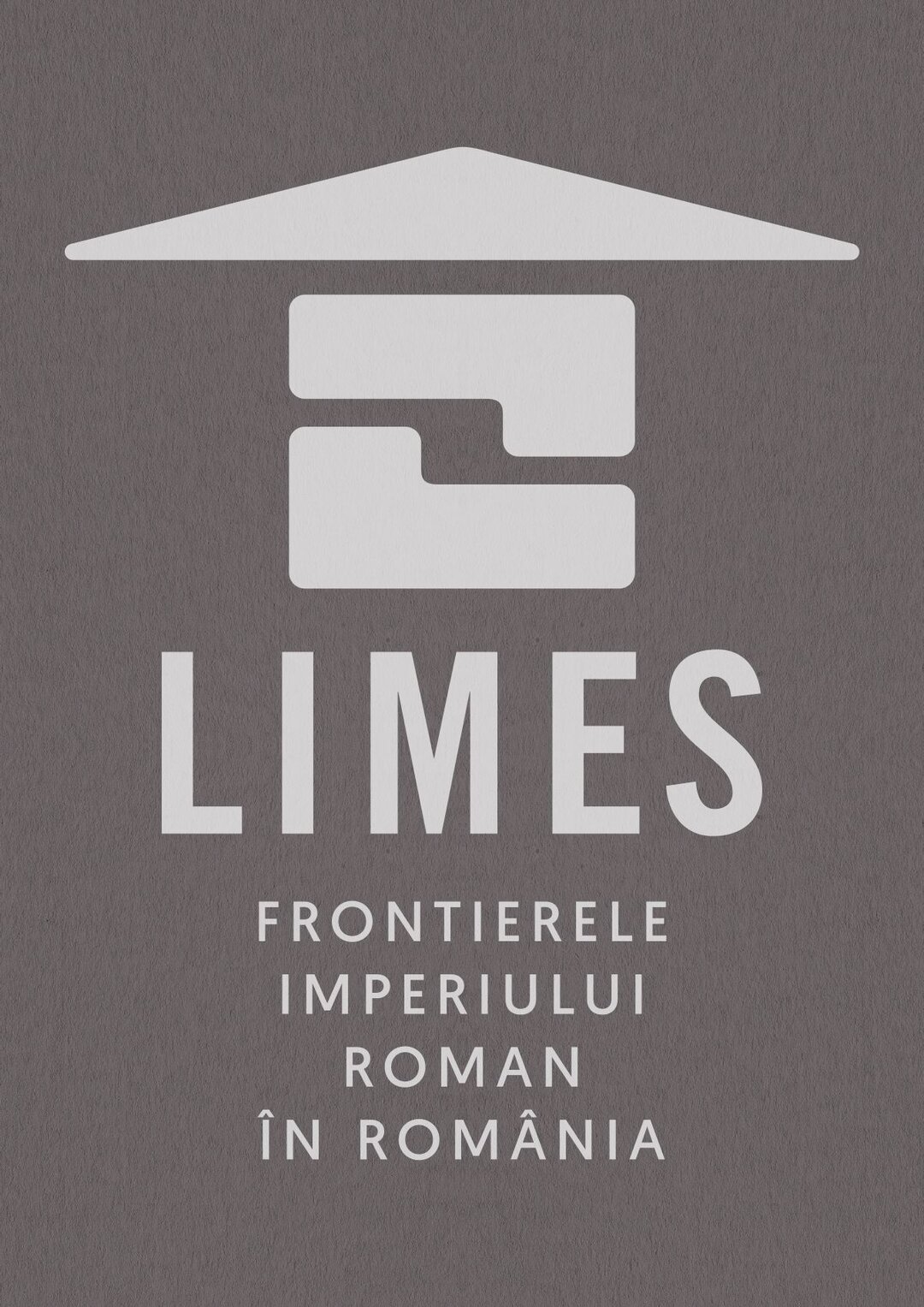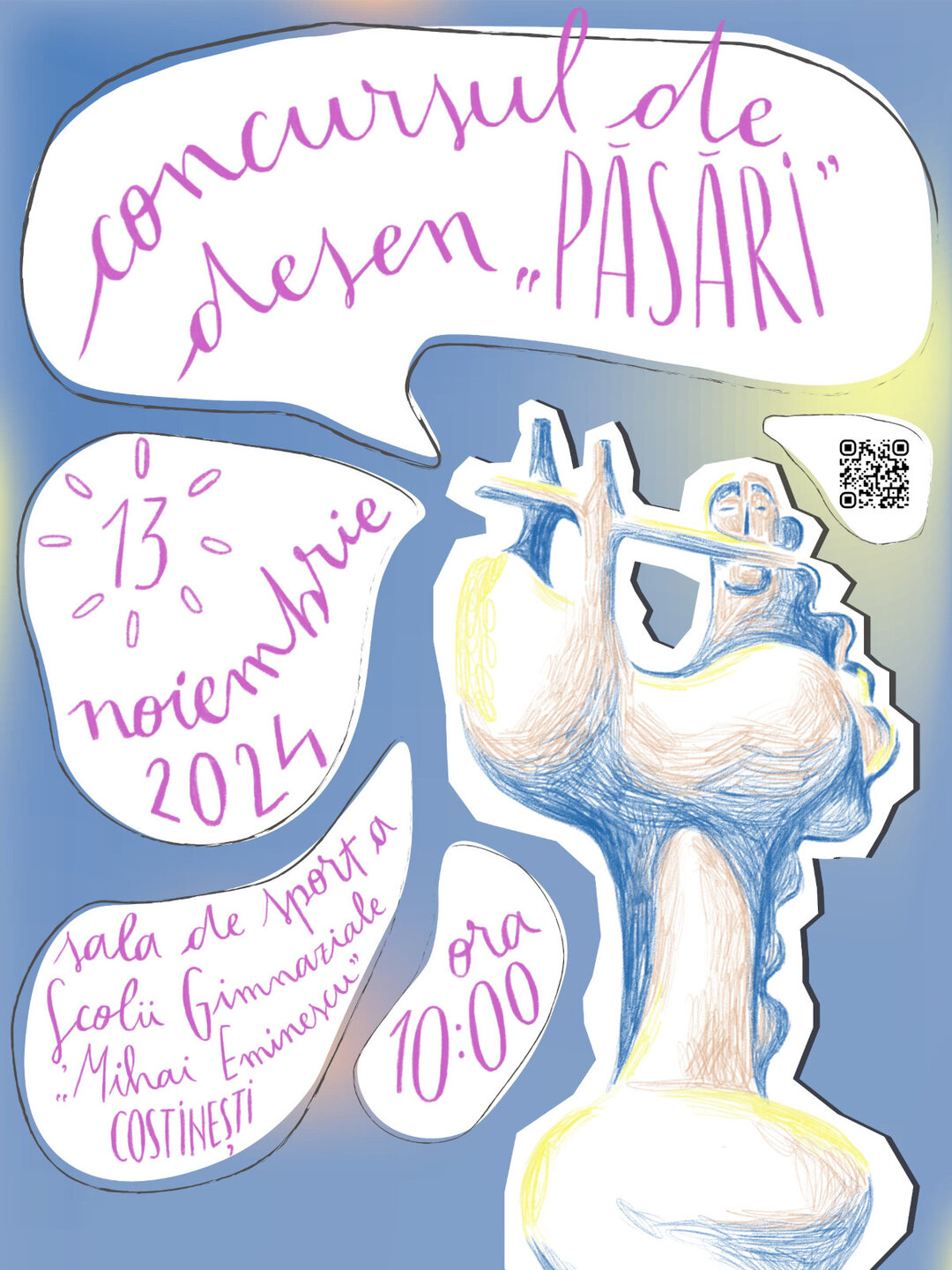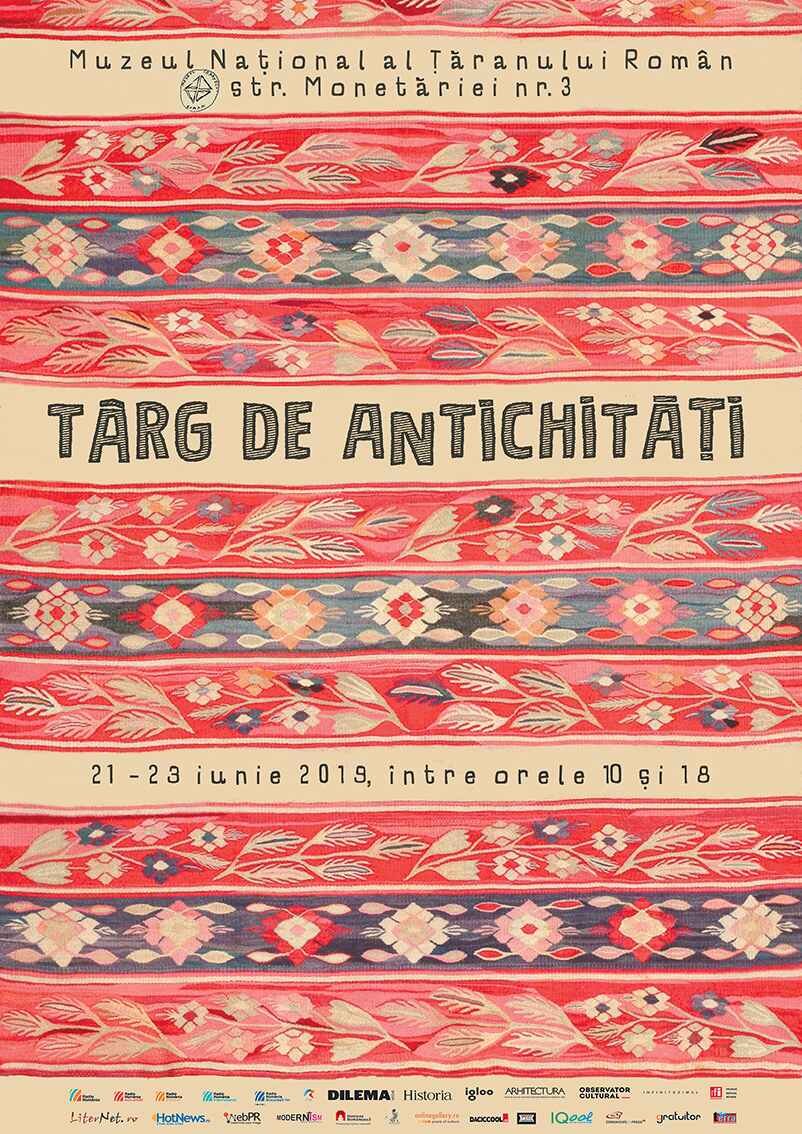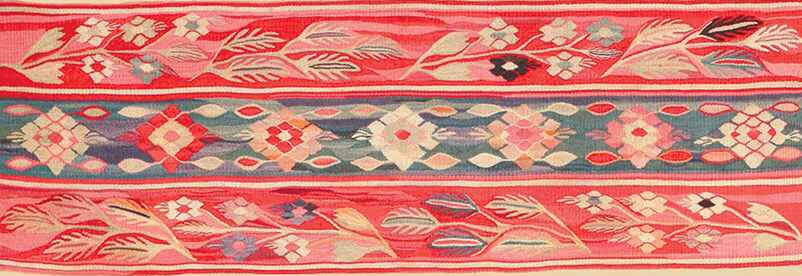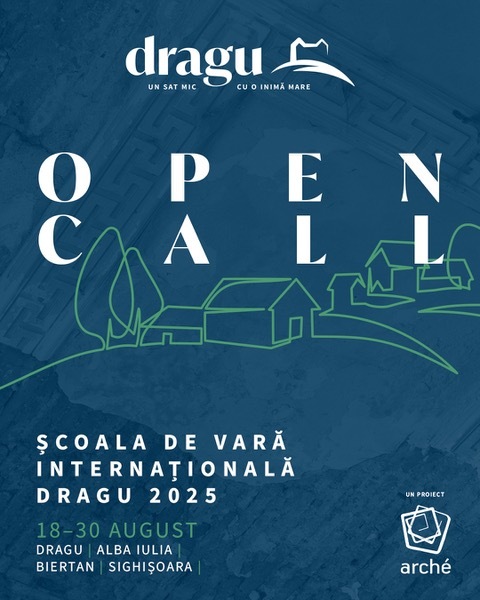
Antiques Fair June 21 - 23, 2019

12.06.2019

ANTIQUES FAIR June 21 - 23, 2019, 10 am - 6 pm
National Museum of the Romanian Peasant
In the middle of summer, around Midsummer, over 40 collectors from all over the country come to the Antiques Fair at the National Museum of the Romanian Peasant with beautiful things, previously unseen in the peasant household or in the city.
Between June 21 and 23, 2019, from 10 in the morning until 6 in the evening, you can admire and bargain for all kinds of old objects:
- peasant costume pieces,
- interior textiles (rugs, rugs, tablecloths, cushion covers and tablecloths),
- icons on wood and glass, crosses, pristinettes, ornaments,
- carved, painted furniture - chests of drawers, tables, chairs, counter tops, spoons, cupboards,
- pottery, donuts, wooden pots, putinas, cups,
- forks and spinning wheels, spindles, whorls,
- lanterns, clocks, chandeliers, brass pegs and grinders, as well as
- socio-ethnographic publications from the inter-war period, old banknotes, ethnographic stamps...

The public will also be treated to cakes, gingerbread, sponge cakes, sponge cakes, honey, as well as bragă and brandy. There will also be herbs.
Come, see, search, buy!
Fair organized by the National Museum of the Romanian Peasant
Ticket price: 8 lei, 4 lei (pupils, students, pensioners).
***
June 24: St. John of Summer; Sânzienele (Drăgaica)
Usually, the Church celebrates the day of the saints' dead, i.e. the day of their birth to eternal life. Sometimes the saint's birthday is also celebrated. This is the case of St. John the Baptist, known in religious books as the 'Beacon of Light' for the way he prepares the birth of the 'Sun', Jesus Christ.
The Mânziennes are good fairies who fly through the night sky. Especially on the night before their feast, they are very generous: they bring good luck for their children's health. They only turn bad if people upset them.
On Midsummer, girls pick the white or yellow flowers called 'sânziene' and weave wreaths and girdles from them.
The girdles are worn during the day, and in the evening they are hung out to dry for cures and cosmetics. Wreaths are put on the house, each member of the family has his own wreath. Depending on how they dry, blow in the wind or fall off, the wreaths announce who will have good luck next year, who will marry and who will die.
On Midsummer's Day, they gather herbs. Until Whitsun, the plants were no good, they were bitten by the plague. Now they're gathered for all kinds of diseases, all kinds of spells. Tonight it's easier to find the grass of the beasts to pick locks. There are several procedures. One is like this: you take a padlock, tie it with a string and drag it through the grass at night in the field. When you hear the padlock come undone, it means the padlock has hit the beast's grass.
On Midsummer's Day, it's forbidden to go barefoot.
In other parts of the country, the holiday is called Drăgaică. Some pretty girls call themselves Drăgăici. One of them dresses up as a bride. She has special powers, she gives grain to wheat, scent to flowers... After being a Bridezilla, the girl cannot marry for three years. For three years she needs to cleanse herself of the luminous forces with which she impregnated herself in a single day!
Irina Nicolau - The Romanian Holiday Guide (Humanitas, 1998)

Media partners: Radio România, Radio România Actualități, Radio România Cultural, Radio România Cultural, Radio România International, RFI România, TVR, Dilema Veche, Historia, Decât O Revistă, Iocan, Igloo, Arhitectura, Observator cultural, Infinitezimal, LiterNet.ro, Ziarul Lumina, HotNews.ro, webpr.ro, www.ordineazilei.ro, www.modernism.ro, www.matricea.ro, www.matricea.ro, www.promenada-culturala.ro, www.promenada-culturala.ro, www.daciccool.ro, www.getlokal.ro, www.semnebune.ro, www.cooperativatraditionala.ro, www.iqool.ro, www.iqool.ro, www.gratuitor.ro, www.Financiarul.ro, www.News24.ro, www.comunicatedepresa.ro, Terra Magazin, Blitz TV.



